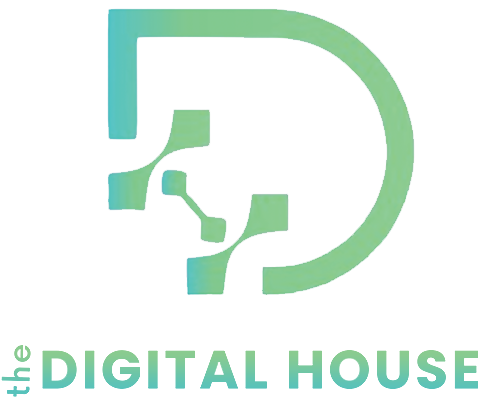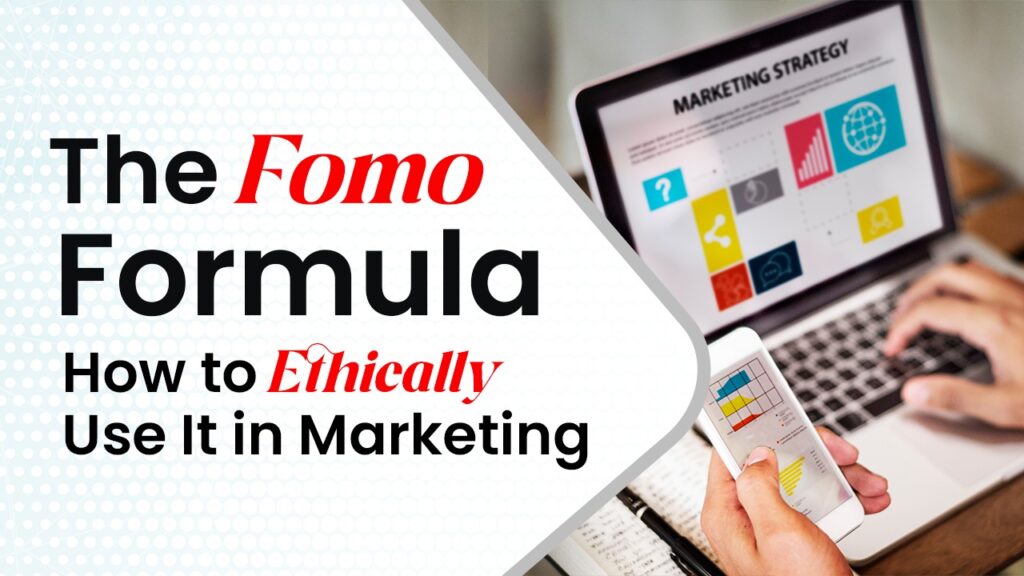Introduction
Have you ever felt anxious about missing out on something exciting that others are enjoying?
That feeling is called FOMO, or the “Fear of Missing Out.” It’s a strong emotional reaction that
many people experience, especially when they see their friends or peers doing something
they’re not a part of. Businesses can utilize FOMO in marketing to motivate consumers to act
right away. A sign that reads, “Only 2 seats left!” or “Sale ends in 3 hours!” is one example.
These ads give you the impression that you’ll lose out on something significant if you don’t take
action right away.
But using FOMO in marketing needs to be done in the right way. It should be honest, respectful,
and helpful for the customer. If used the wrong way, it can make people feel stressed or tricked.
That’s not good for trust or long-term business.
In this blog, we’ll explore how you can use FOMO smartly and ethically. You’ll learn how to
create urgency without using pressure, how to build real value for your customers, and how to
keep your brand honest and trustworthy. Let’s dive into the FOMO Formula and discover how to
use it the right way!
- What is FOMO and Why Does It Work?
FOMO is a psychological trigger. When people think they might miss out on
something valuable or exciting, they feel the urge to act fast. This reaction comes
from our natural desire to belong and not be left out. In the digital age, with
social media and online shopping, FOMO has become even more powerful. People
are constantly seeing what others are buying, doing, or experiencing. This increases
the fear of being left behind.
In marketing, FOMO works because it makes the customer think that they must take
quick action to avoid regret. It creates urgency and a feeling that the opportunity might
not come again. This is why marketers use countdown timers, limited-time offers, and
phrases like “Only a few left!” - The Ethical Side of Using FOMO.
FOMO is a strong tool, but it must be utilized carefully. It’s crucial to be truthful and avoid
inventing a sense of urgency. For example, saying “Only 5 items left” when you have
500 is dishonest. It may trick people once, but it will hurt your brand in the long run.
Ethical FOMO is about being truthful while creating real value. If a sale ends in 24 hours,
make sure it really ends. If an event has limited seats, be honest about the number.
Customers will appreciate your brand more as a result of this increase in trust. - Real-Life Examples of Ethical FOMO
Many top brands use FOMO in a positive and honest way. Let’s look at a few examples:
● Amazon: During sales events like Prime Day, they show “Limited-time deal” or “Only 3
left in stock.” These messages are usually accurate and help people make quick decisions.
● Booking.com: When you search for hotels, it shows messages like “Last room at this
price!” or “Booked 5 times today.” These are based on real-time data.
● Airbnb: Often shows “This place is usually booked!” or “In high demand.” These are
helpful messages for planning.
These examples show how FOMO can guide customers without pressuring or misleading them. - FOMO Marketing Techniques That Work.
Here are some simple and honest FOMO marketing techniques you can use:
● Limited-Time Offers: Set a real deadline for your sale or promotion.
● Limited Quantity: If you have only a few items, let customers know.
● Early Access: Give new products to devoted customers first.
● Live Counters: Show real numbers like how many people are viewing a product
or have purchased it.
● User-Generated Content: Share photos or reviews from happy customers.
● Social Proof: Show how many people are using or liking your product.
These techniques create excitement while staying honest. - FOMO in Digital Marketing Channels
FOMO is especially effective across digital marketing channels because of their
instant nature and wide reach. In email marketing, you can send time-sensitive
promotions with countdown timers or last-call reminders. Users are encouraged
to take action before it’s too late. Social media sites like Facebook Stories and
Instagram Stories, which vanish after 24 hours, are ideal for flash sales and limited
-time promotions because they naturally evoke a sense of urgency.
Your website is also a powerful place to create FOMO. Use banners or pop-ups that show how
many people are currently viewing a product or when a deal ends. Live visitor counts or stock
alerts like “Only 2 left” can boost conversions. With SMS marketing, quick, concise messages
such as “Hurry! Sale ends tonight!” can trigger immediate actions. Lastly, push notifications are
a great tool to send real-time alerts to users about expiring offers or exclusive drops. By using
FOMO wisely across these digital platforms, you can reach people at the right moment with the
right message.
FOMO can enhance multiple digital touchpoints:
● Email: Use countdowns or phrases like “Last chance!” in your subject lines.
● Social Media: Post flash sales, limited-time offers, or expiring stories to create urgency.
● Website: Add pop-ups or banners highlighting ending deals.
● SMS: Send quick updates about time-sensitive promotions or product drops.
- Mistakes to Avoid
While FOMO is useful, avoid these common mistakes:
● False Scarcity: Don’t lie about limited stock.
● Too Much Pressure: Don’t scare your customers. Excite them instead.
● Overuse: Using FOMO all the time makes it lose its power.
● Ignoring Customer Feelings: Always put your customer’s experience first.
Using FOMO in a respectful and balanced way will bring better results and keep your
audience happy. A balanced, respectful approach yields better long-term results. - How to Measure FOMO Success.
To see if your FOMO strategy is working, track these things:
● Click-Through Rates: Are more people clicking your offers?
● Conversion Rates: Are they buying or signing up?
● Bounce Rates: Are visitors leaving quickly?
● Customer Feedback: Are people happy or feeling tricked?
Keep testing and adjusting your strategy based on these results. - Building Long-Term Trust Through FOMO
Using FOMO effectively means more than just boosting short-term sales—it’s
about nurturing long-term trust. When your FOMO tactics are rooted in truth and
value, customers don’t just buy once—they return. Transparency, like real stock counts
or genuine deadlines, builds credibility. Customers learn to rely on your word, which
strengthens loyalty. Ethical FOMO creates excitement without causing anxiety, making
people feel confident in their decisions. Over time, this fosters a community of engaged
and trusting buyers who advocate for your brand. In the end, trust isn’t built through
tricks—it’s earned through consistency, honesty, and delivering real value every time.
Let me know if you want it adjusted in tone or length.
Conclusion
FOMO is a powerful tool in marketing, but it must be used the right way. When people feel they
might miss out on something valuable, they are more likely to take quick action. But if that
feeling is based on lies or pressure, it can hurt your brand. Ethical FOMO means creating
urgency with honesty. It means giving people a good reason to act now, not scaring them into it.
By using clear deadlines, showing real demand, and offering real value, you can use FOMO to
grow your business and keep your customers happy. Whether it’s through emails, websites, or
social media, the key is to stay truthful and respectful.
When customers trust you, they will come back. That’s the real power of ethical marketing. So,
next time you plan a campaign, think about how to use the FOMO Formula smartly and
honestly. Make your audience feel excited, not anxious. Give them something they truly don’t
want to miss and do it with integrity.
FOMO doesn’t have to be fear-based. It can be value-based. And when used right, it can be
one of the best ways to connect with your audience. At The Digital House, we understand the
importance of balance between urgency and ethics in marketing. With proven strategies and a
client-first approach, we help brands create meaningful impact across digital platforms. If you’re
ready to turn attention into action—ethically and effectively—we’re here to help you lead the way
in the digital era.



